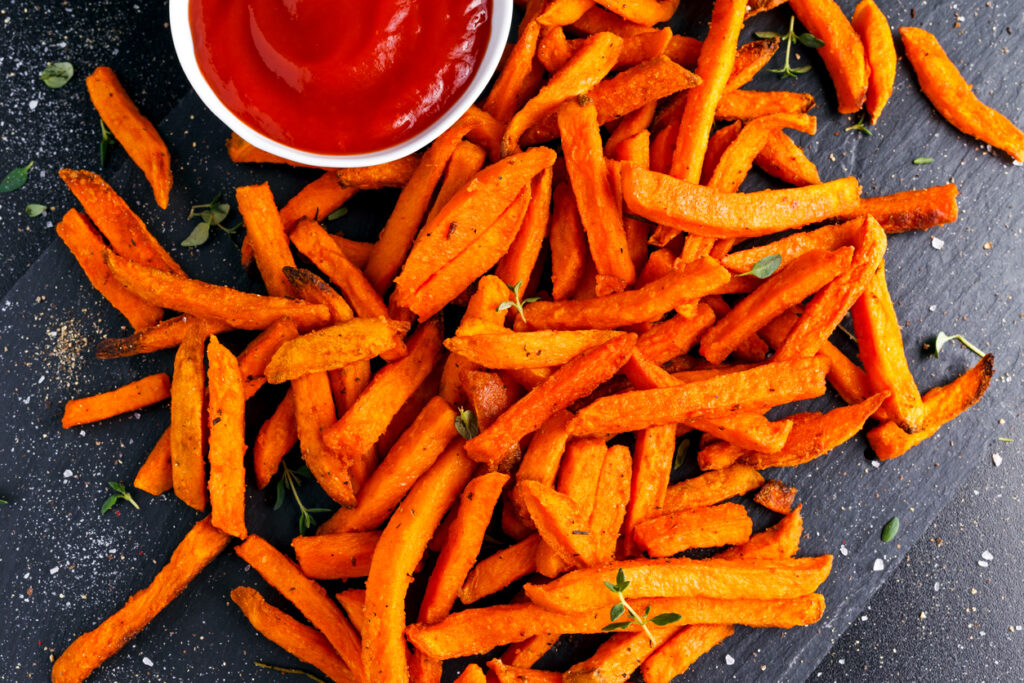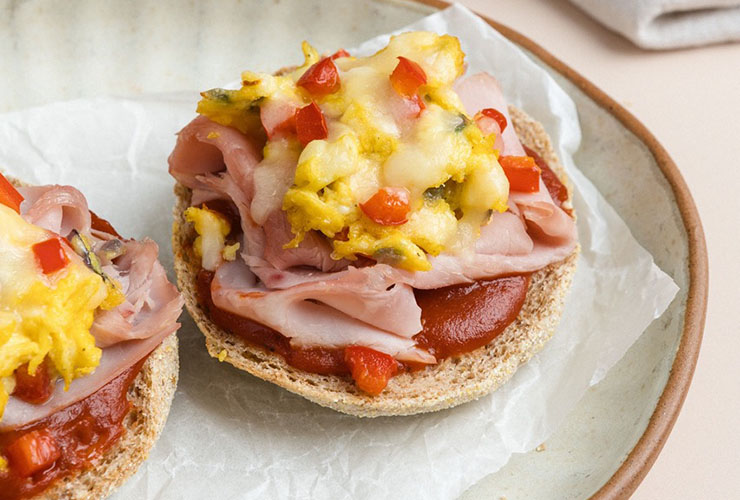 Toronto writer Andrea Curtis was always interested in food and healthy eating, but she found herself struggling every morning to pack her kids’ lunches.
Toronto writer Andrea Curtis was always interested in food and healthy eating, but she found herself struggling every morning to pack her kids’ lunches.
“It’s a daily struggle for me to find something healthy, something they like, something they can eat in those 10 minutes or so that they’re offered for lunch, and something that can fit into reusable containers,” says the mother of two boys.
Her lunchtime woes served as the inspiration for her latest book, What’s for Lunch: How Schoolchildren Eat Around the World, which launched in October.
We chatted with Andrea about school lunches around the world.
Q: What did you learn while working on the book?
A: I think the first insight was what nations do for school lunches offers a view into the values and the priorities of that nation. I discovered school lunches are an incredibly powerful tool to support kids. When children have a healthy meal, they learn better at school and they can focus.
The investment in providing a meal to kids at school has massive ripple effects for the community, for the school itself and for the nation. Canada is the only G8 nation that has full-day school that doesn’t offer a school lunch.
Q: What are some of the benefits for countries that offer school lunches?
A: The World Food Programme does school feedings around the world and they’ll offer an incentive to girls who attend over a certain number of days of school per month. They’ll be given a take-home ration, of say cooking oil, in Afghanistan and that encourages the family to say, “Ok, we’re going to send our daughters to school because the family will benefit as well.”
Also, in some places, the school meals are fortified with certain nutrients that people are deficient in. Iron is added to the school meals in some places like India where iron deficiency is a real issue.
There are also places like Japan where the food culture of that nation offers an opportunity to talk about it. In Japan, the kids sit down together and even the principal and the teachers sit with the children. Five kids serve the food each day and nobody eats until everybody’s sitting down. They have their own little placemats that they bring and it’s an opportunity to socialize, to talk to one another and ensure that nation’s food culture is encouraged.
Q: Was there a meal that really surprised you while you were writing the book?
A: There are two really contrasting places that I think are worth noting. In the U.S., for many years their lunches have been really, really bad like greasy pizza. Frito pie was something that I saw on menus in some schools and it’s corn chips covered in chili sauce and drenched in American cheese. Imagine trying to go back to class after that. Now, they’ve just passed a new school lunch act and the aim is to get a lot more fresh fruits, vegetables and whole grains and not as many sweets. I was surprised that the world’s richest nation was serving their children not great food.
That’s contrasted against France where children are offered a four-course meal and there’s even a cheese course. There’s no soda or juice served, just water. They always have lean meats and vegetables and they’re served the food on real plates with actual cutlery.
But to me, one of the really surprising places is Brazil. Brazil is a nation that has a huge amount of poverty and the government there has made it a priority to reduce hunger and poverty. In fact, they have a zero hunger program and their kids are offered a free school meal. It always has rice and beans, there’s vegetables, fruit, juice and the thing that’s really impressive to me is they’ve tried to integrate school lunches with the entire food system. To school meal providers, they say that 30 percent of the food you offer has to be sourced locally. Imagine the impact on the local economy when you’re buying that much food.
Q: After writing this book, did it change what you packed for your kids’ lunches?
A: I started out being really interested in food, so I’m not sure how much my own school lunches have changed, except my awareness of the importance of making sure that the food is really tasty and colourful. I definitely try to do that.
I think school lunch can be this real opportunity to talk about healthy eating, to talk about where your food comes from, to enjoy food and to encourage kids to see it as a moment to share.
Q: What do you hope kids will learn from this book?
A: It’s really an opportunity to talk about other issues in the food system, not just do you like your crusts or not. Let’s talk about how your food is grown and who grows it and what does it mean when a nation is struggling with an obesity epidemic, what’s the root of that.
We sometimes say kids don’t care about what they eat, they just want hamburgers or French fries, but I discovered that when kids are given an opportunity to learn about food, they embrace healthy food and sustainability, they really care.
One element of the book is stories about kids around the world who are taking action to change the food in their school or to articulate issues about equity. I hope that kids will read the book and see, kids in other places are doing all these amazing things and taking charge and see that they can as well.














